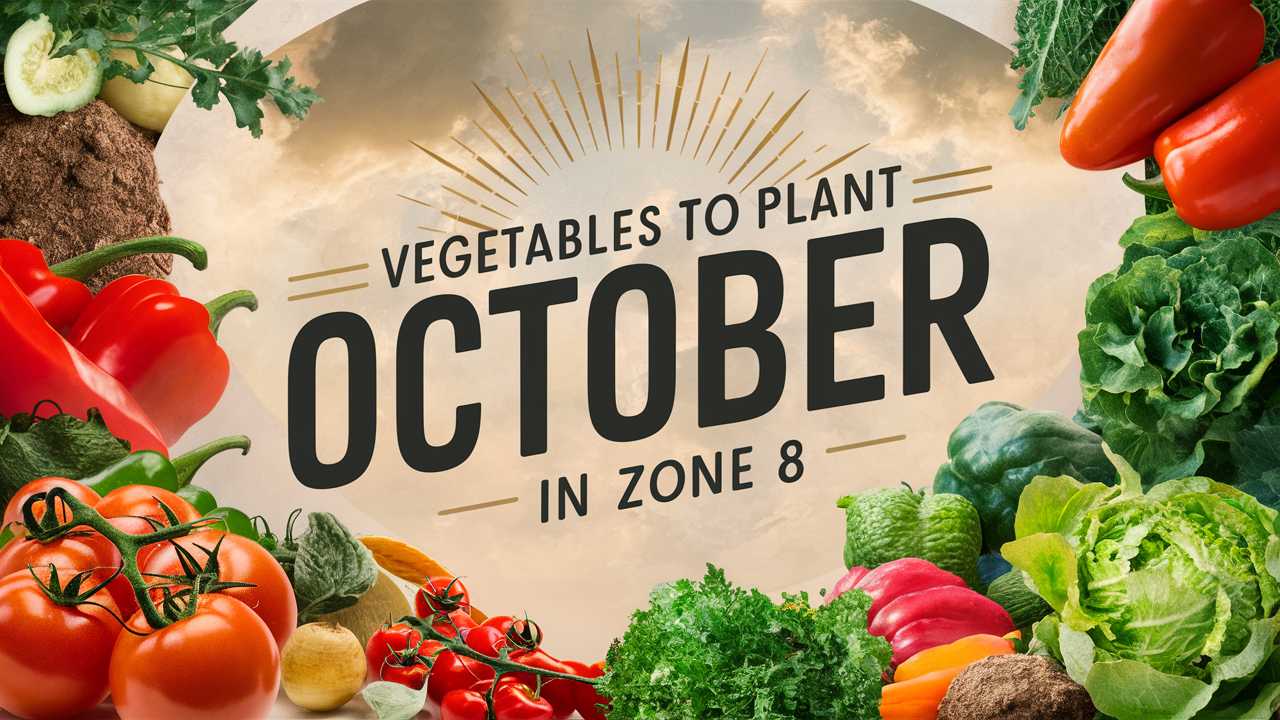In this post, we will explore vegetables that thrive when planted in October in this region. Each vegetable brings its own set of flavors, nutrients, and growing requirements, making the most of the cooler temperatures and shorter days.
Leafy Greens
Spinach
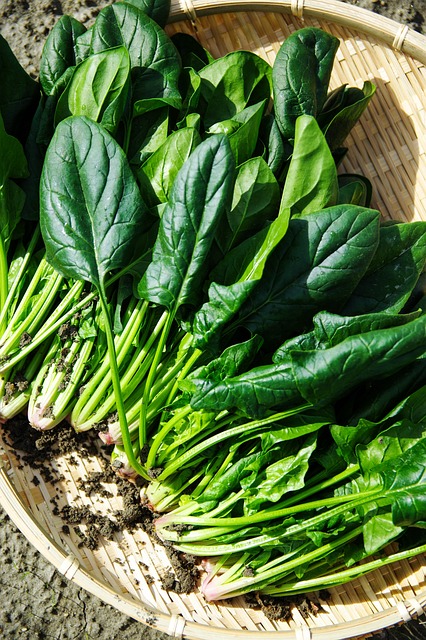
Spinach is a superstar among cool-season crops. Its rapid growth and nutrient-dense leaves make it an excellent choice for fall planting. Spinach prefers full sun and consistently moist soil. Planting it in October allows you to enjoy fresh salads and sautéed greens throughout the winter, as it often survives light frosts.
Kale
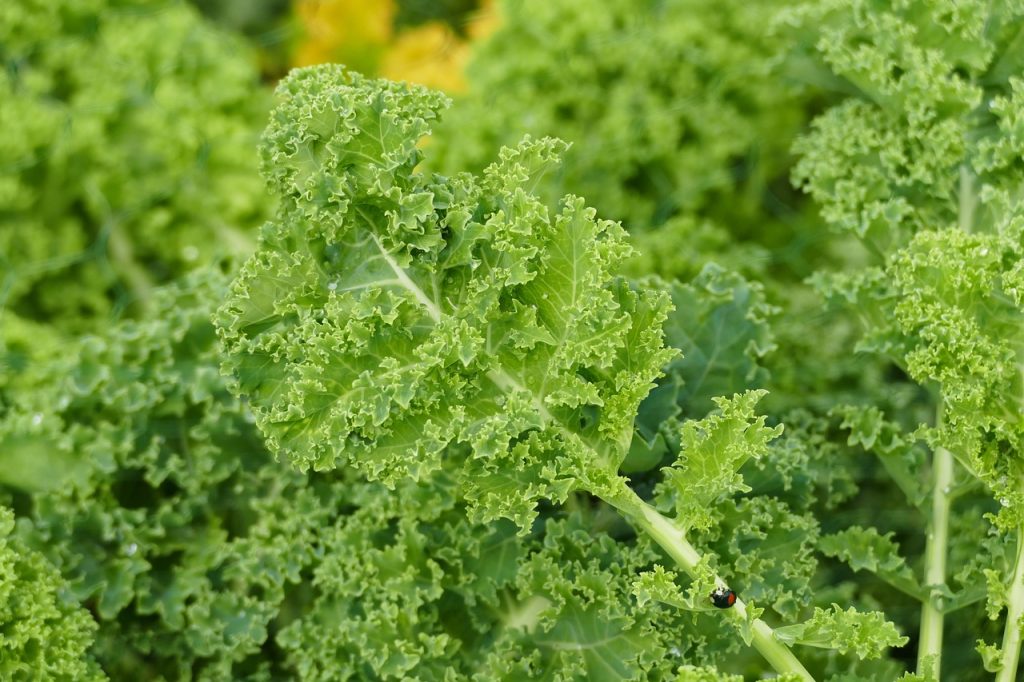
Hardy and versatile, kale thrives in cooler temperatures. This leafy green is rich in vitamins A, C, and K and can be harvested multiple times throughout the season. You can enjoy it raw in salads or cooked in a variety of dishes. Planting kale in October allows it to grow sweet and tender as the temperatures drop.
Swiss Chard
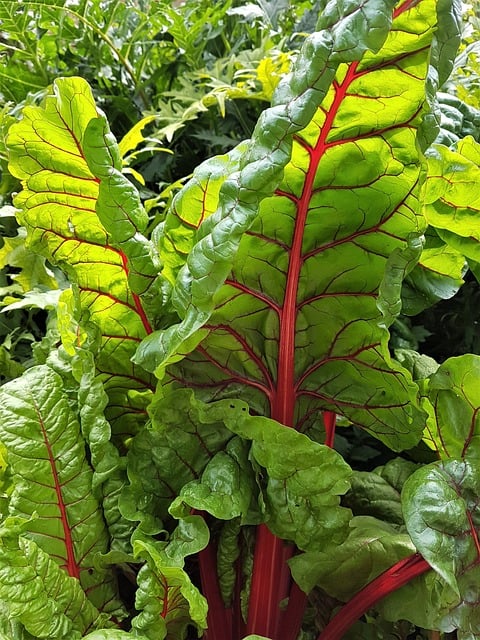
With its vibrant colors and robust flavor, Swiss chard is not only visually appealing but also incredibly nutritious. This vegetable withstands frost well, making October an excellent month for planting. Chard can be harvested continuously, ensuring a steady supply for your kitchen throughout the chilly months.
Brassicas
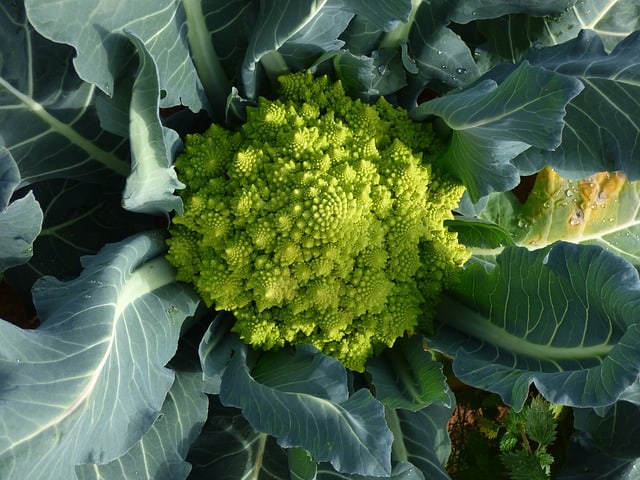
Broccoli

Broccoli is a fantastic option for fall planting. This cold-tolerant vegetable matures quickly—usually within 60-90 days. Its nutritional benefits, including high fiber and vitamin C content, make it a staple in many diets. October plantings often yield dense, flavorful heads that are perfect for steaming, roasting, or adding to stir-fries.
Cauliflower
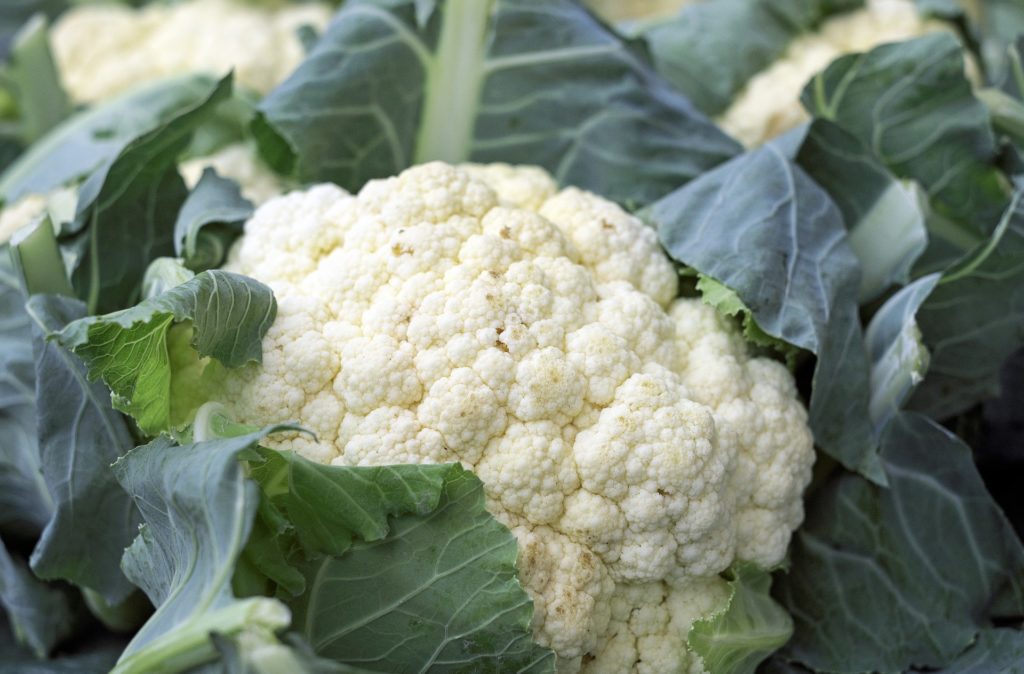
Another member of the Brassica family, cauliflower, can be successfully planted in October in Zone 8. This vegetable has a longer growing season, requiring 70 to 100 days to mature. To ensure successful growth, choose a variety that’s specifically bred for fall planting. The cooler temperatures enhance its flavor and create beautiful, creamy heads.
Brussels Sprouts
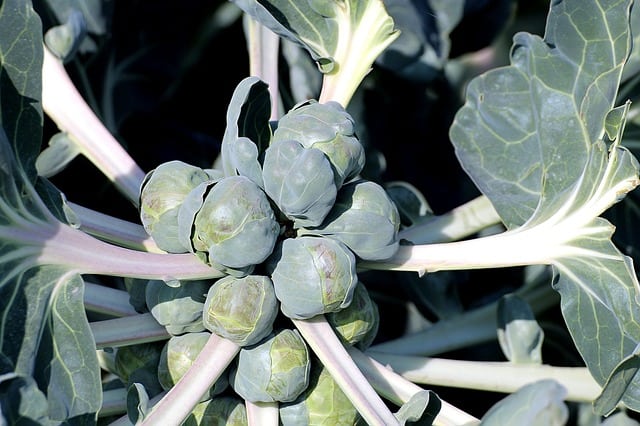
Brussels sprouts are best when grown in cooler weather, making October a prime time for planting. These mini cabbages thrive in chilly conditions and can be harvested through winter. They develop a rich, nutty flavor after exposure to frost, making for a tasty addition to your holiday meals.
Root Vegetables
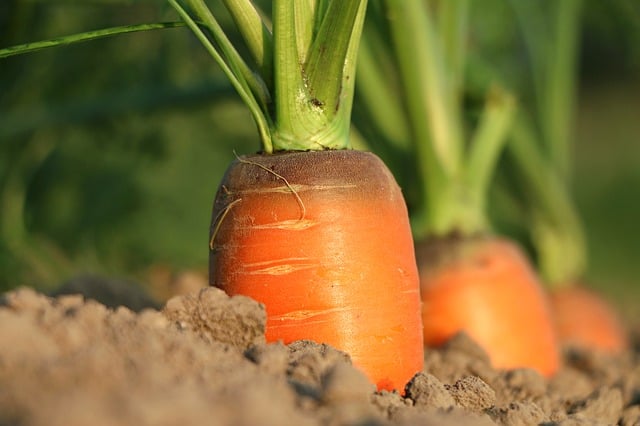
Carrots

Carrots are a marvelous choice for October planting. The cooler weather sweetens their flavor and they are easy to grow in well-drained soil. A quick tip: sow seeds directly in the ground and keep the soil moist for even germination. With time, you can harvest these crunchy delights for snacking or inclusion in various dishes.
Radishes
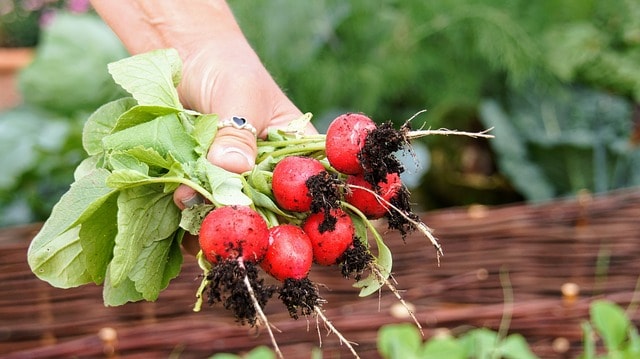
Fast-growing and easy to cultivate, radishes can sprout in just a few weeks. Their crisp texture and peppery flavor make them a wonderful addition to salads or as a crunchy snack. October is an ideal time to plant radishes; they’ll thrive in the cool temperatures and can be enjoyed shortly after planting.
Beets

Beets are not only delicious but also packed with nutrients. They prefer cooler soil temperatures for optimal growth. Planting beets in October allows for their roots to develop fully as the temperatures drop, producing tender, earthy tubers that can be roasted, pickled, or added to salads.
Legumes
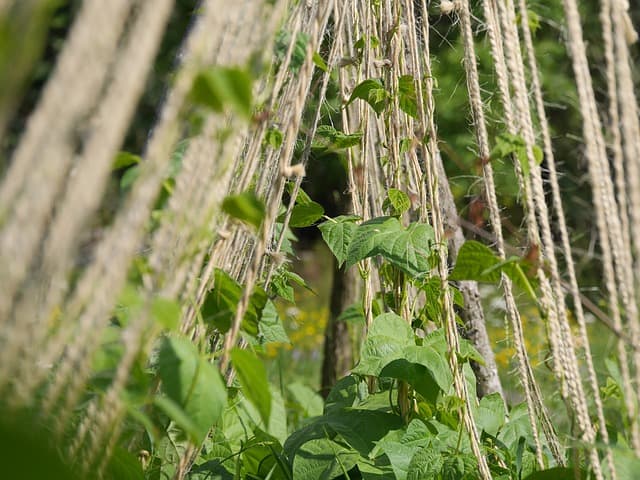
Peas
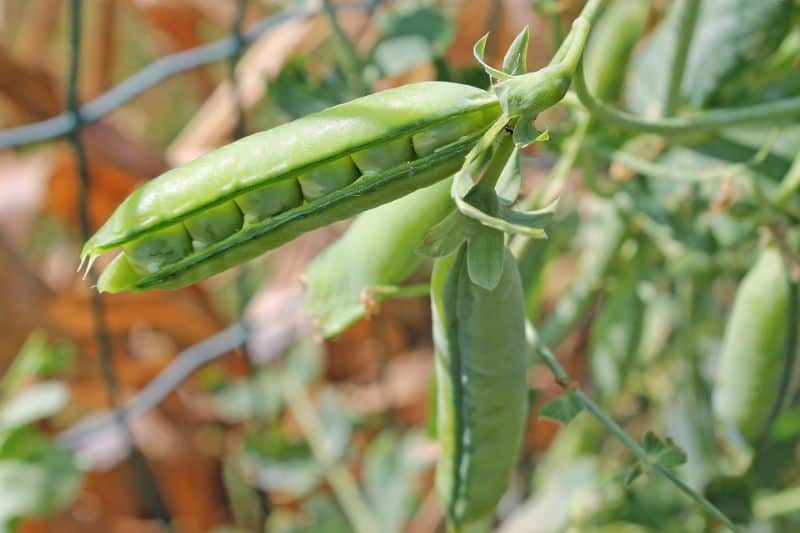
Peas are a great cool-weather crop that can be planted in October for a late fall or early winter harvest. Snap peas and snow peas can be sown directly into the soil. They grow well in cooler temperatures and can add sweetness to stir-fries or fresh salads. Additionally, they can enrich the soil with nitrogen, benefiting your future plants.
Fava Beans
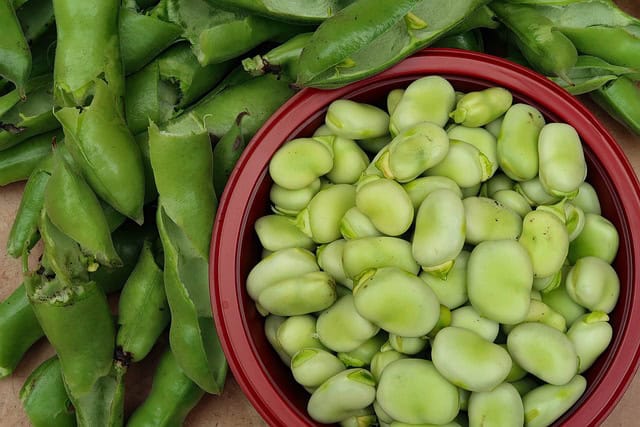
Fava beans are excellent for fall planting, especially in Zone 8, where they can tolerate cooler temperatures. They require well-drained soil and prefer a sunny spot to flourish. As a bonus, these beans not only provide food for your family but also improve soil health by fixing nitrogen, making them perfect for crop rotation.
Alliums
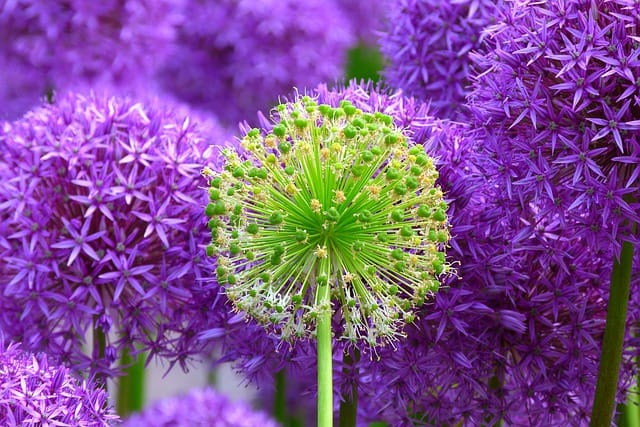
Garlic
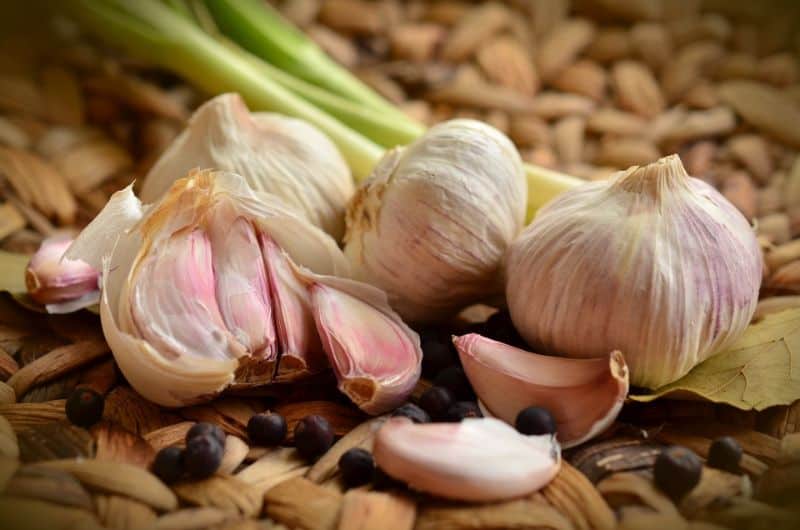
Late October is the ideal time to plant garlic in Zone 8. Garlic thrives in cooler weather and will start to grow roots before winter sets in. With the right variety, you’ll have aromatic bulbs ready to harvest by mid-summer. The benefits of growing your garlic are immeasurable, from enhanced flavors in cooking to potential health benefits.
Onions
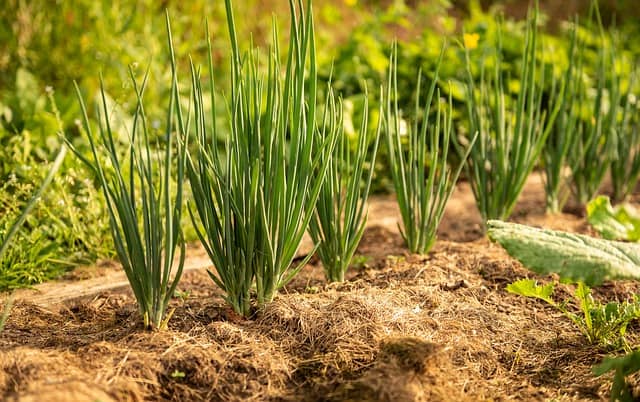
Onions can be successfully planted in October, especially if you choose overwintering varieties. These onions will form bulbs slowly during the winter months and can be harvested in late spring. They require well-drained soil and benefit from a sunny location. This patient planting often pays off with high yields.
Squashes
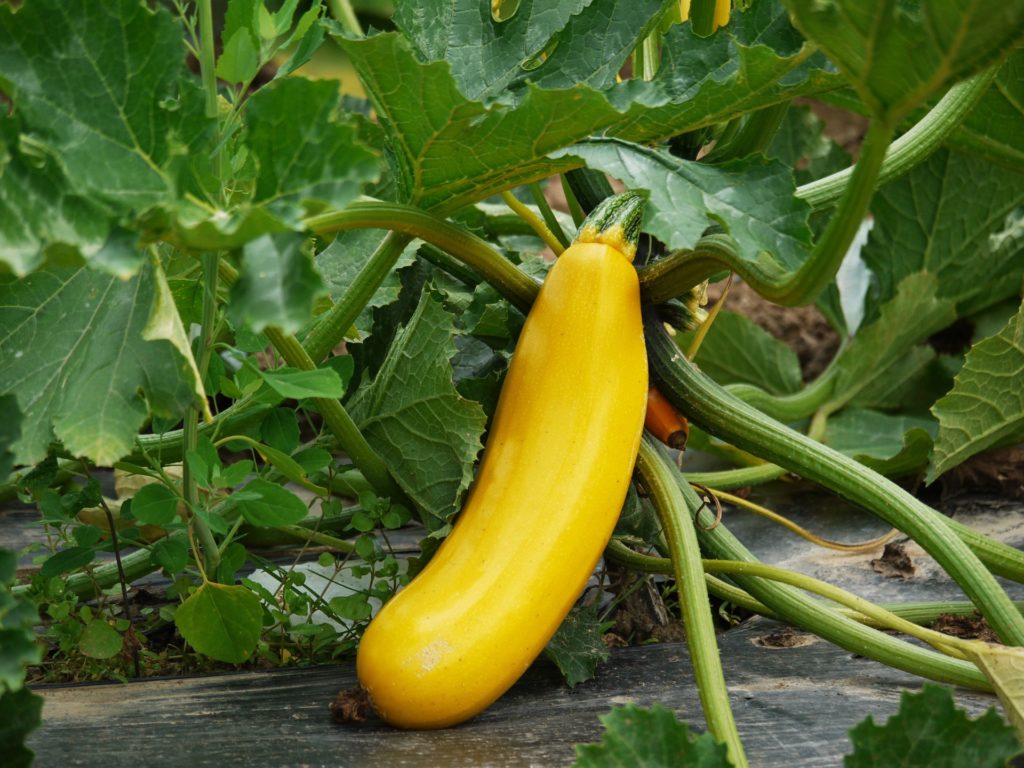
Winter Squash
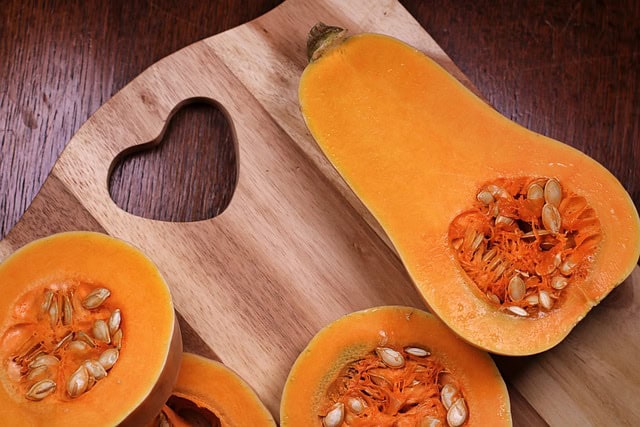
Varieties like butternut and acorn squash can be planted in October in Zone 8. These types of squash need a bit of time to mature, so choosing a quick-growing variety is crucial. The sweet, nutty flavor of winter squash adds depth to a variety of seasonal dishes, from soups to casseroles.
Pumpkins
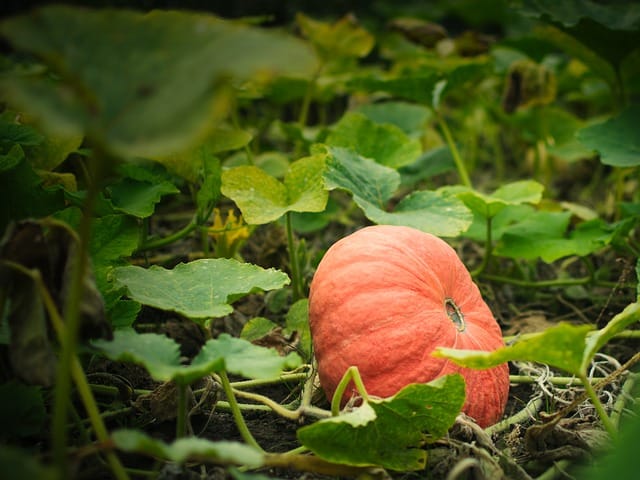
October is synonymous with pumpkins, making it an excellent time to plant them in preparation for Halloween and Thanksgiving. While you’ll likely not see a harvest until late fall, you can plant short-season varieties to maximize your yield. Pumpkin plants thrive in rich, well-drained soil and benefit from plenty of sunlight.
Herbs
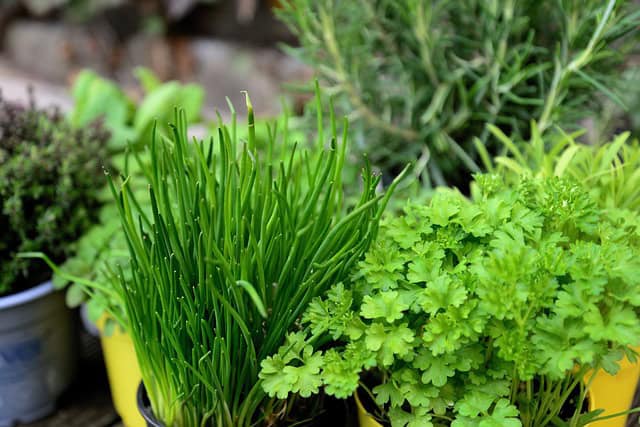
Cilantro
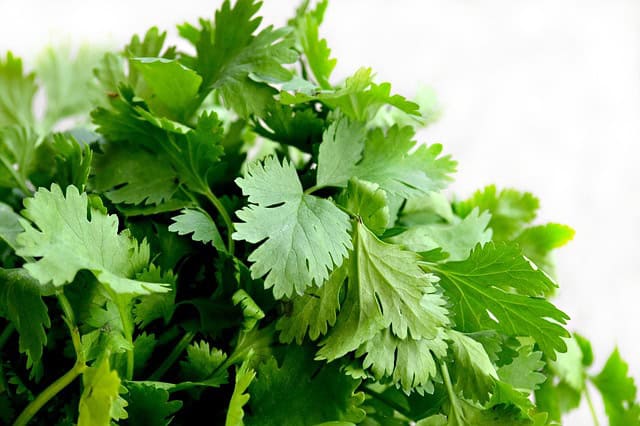
Cilantro is a popular herb that prefers cooler weather, making October a perfect time to sow seeds directly in your garden. This herb grows quickly and can be harvested as both leaves and seeds. Whether in salsas, salads, or garnishing dishes, fresh cilantro adds a burst of flavor that’s cherished in many culinary traditions.
Parsley
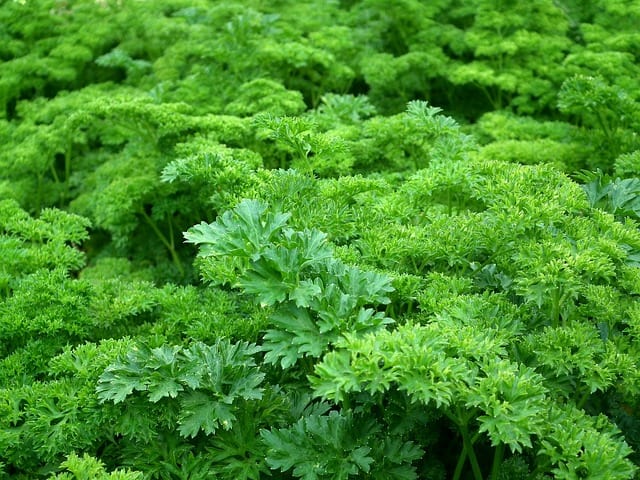
Parsley is another herb that does well when planted in October. This biennial plant thrives in cool temperatures and can be harvested year-round if properly cared for. Its versatility in the kitchen—used as garnish, flavoring agent, or ingredient—makes it a garden favorite.
Planning For Success

Understanding Your Soil
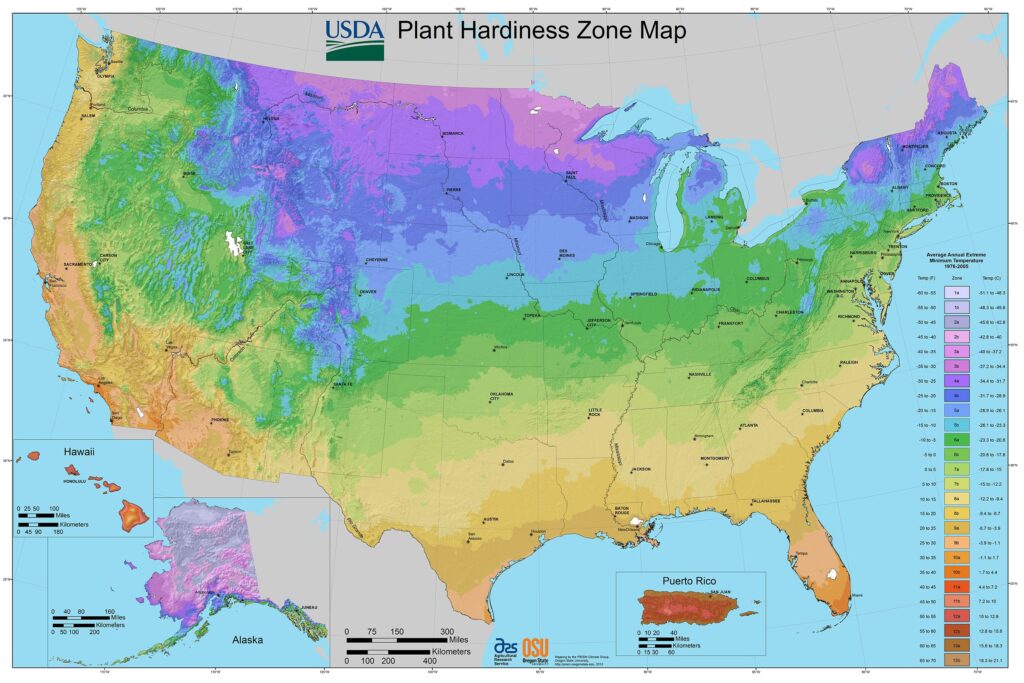
Before planting, it’s vital to assess and amend your soil. Well-draining soil enriched with compost enhances the growth of your vegetables. Regular soil tests can help you understand pH levels and nutrient needs.
Ensuring Adequate Sunlight
Most vegetables thrive in full sun, requiring at least six hours of direct sunlight a day. If your garden is shaded, consider planting crops that tolerate partial shade, or manage your garden layout to maximize sun exposure.
Scheduling Planting Times
October is crucial for putting seeds into the ground, but timing is everything. Pay attention to frost dates and select a planting calendar tailored for Zone 8 to help guide your planting schedule.


